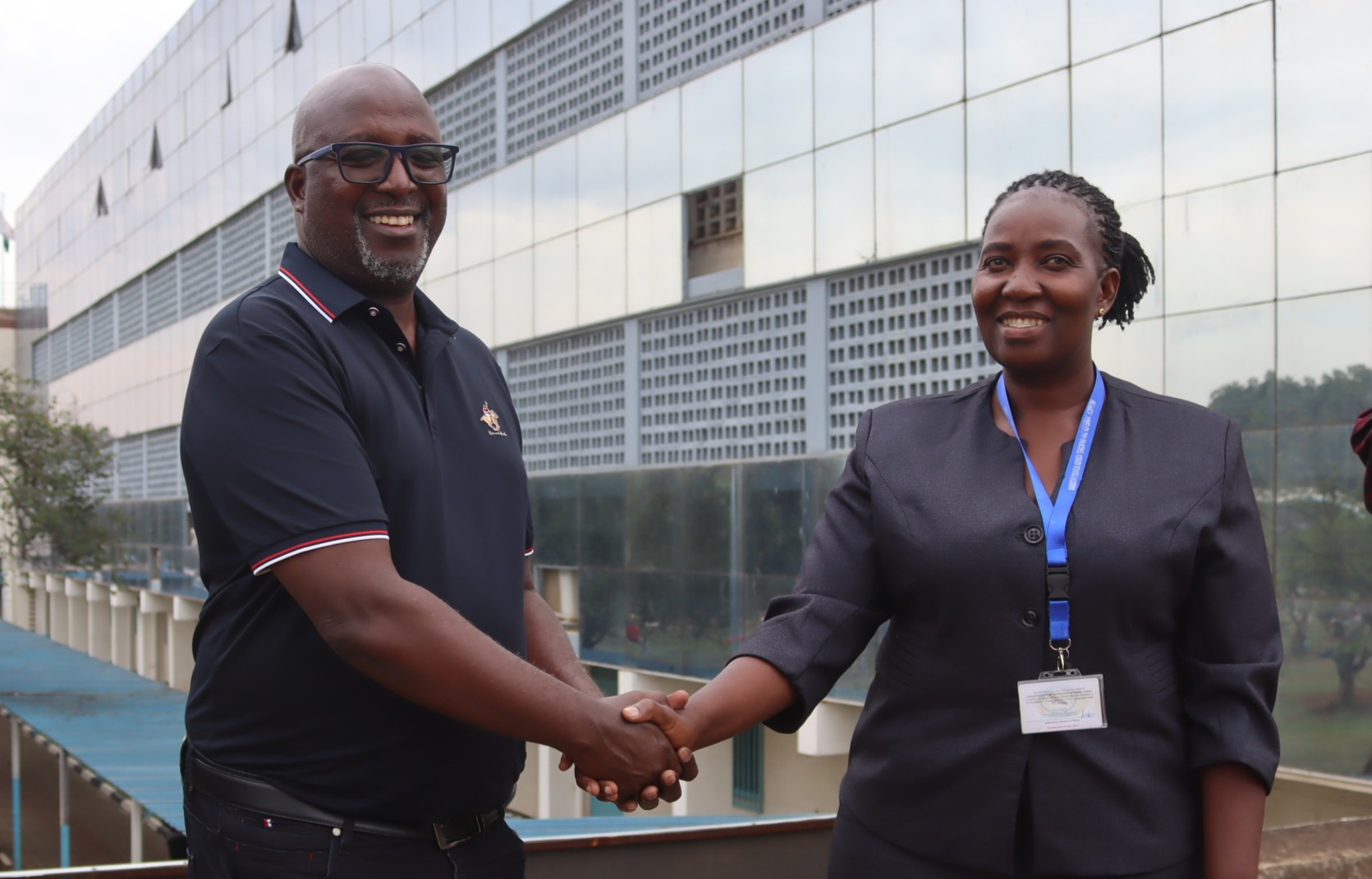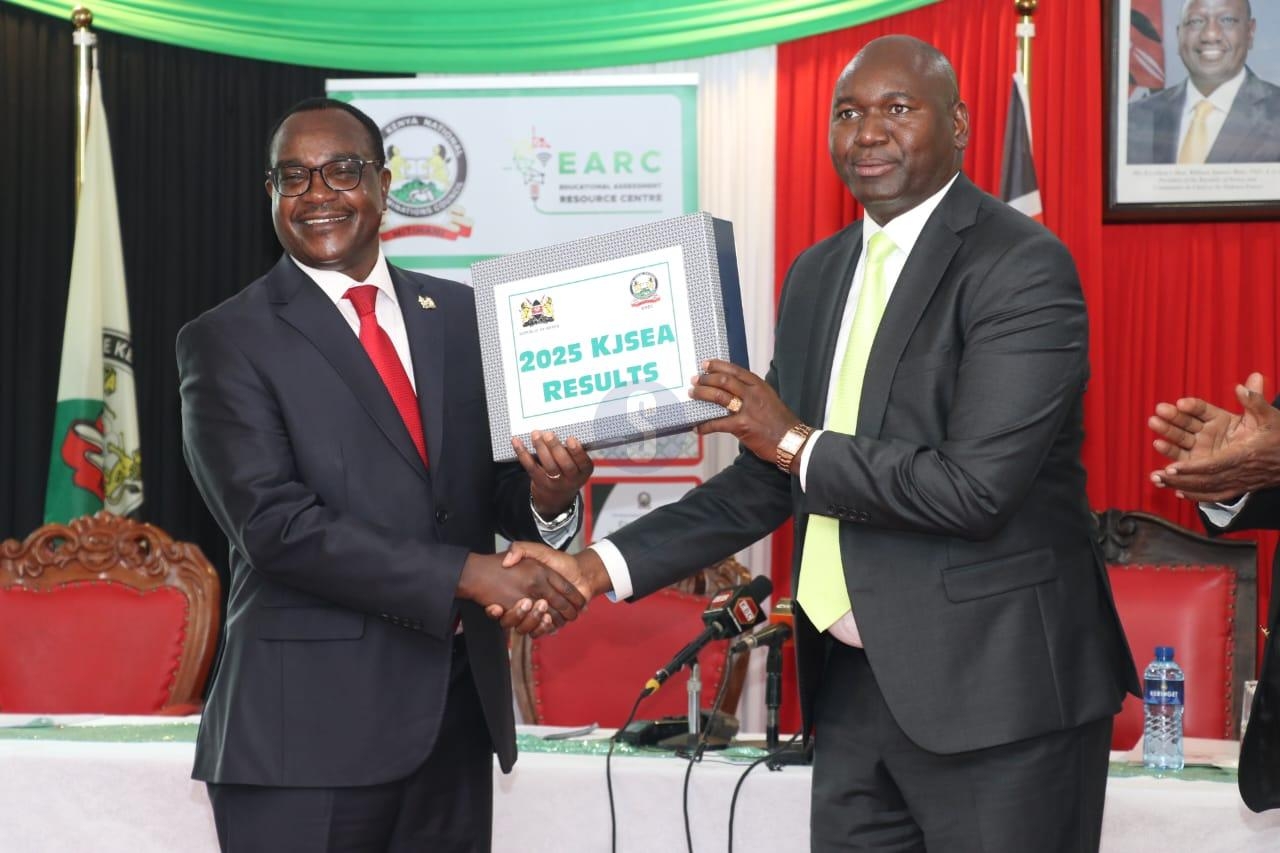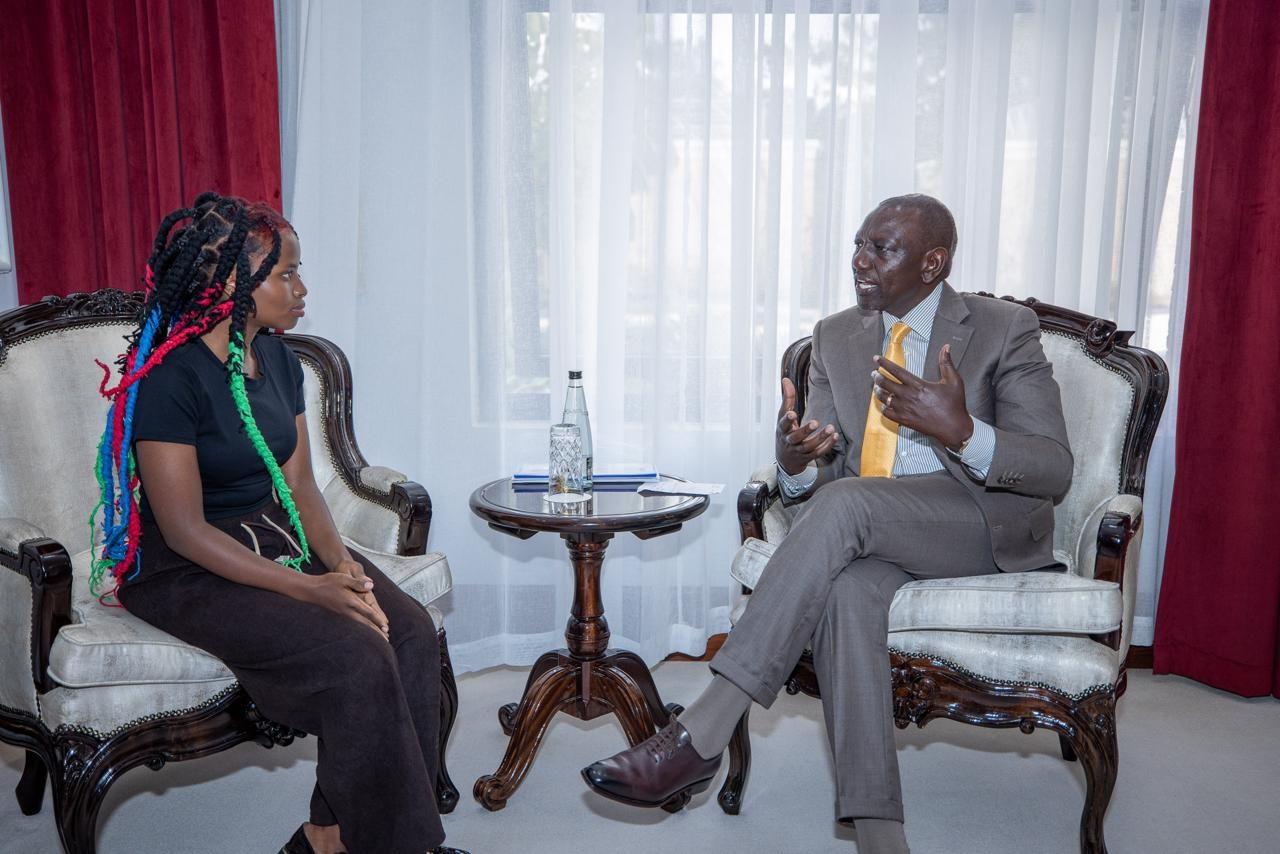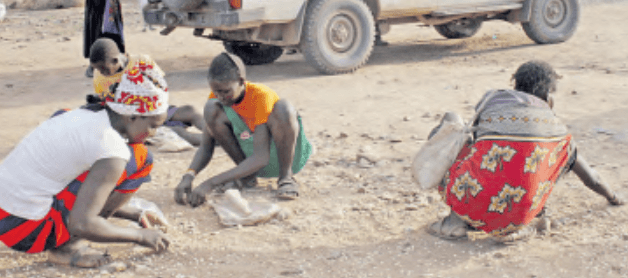
 JKUAT's Prof Simon Karanja and JOOTRH Director of Nursing Teresa Okiri pose for a photo at the facility on Thursday October 23, 2025. /KNA
JKUAT's Prof Simon Karanja and JOOTRH Director of Nursing Teresa Okiri pose for a photo at the facility on Thursday October 23, 2025. /KNA
Kenya’s efforts to curb drug-resistant infections are facing serious setbacks, a new study by researchers from the Jomo Kenyatta University of Agriculture and Technology (JKUAT) has revealed.
From the country’s leading referral hospitals to smaller health centres, glaring gaps in laboratory capacity, antibiotic use, and infection surveillance threaten to reverse years of public health gains.
\The study, conducted under the Digital Health Applied Research Centre (DHARC)—a JKUAT-based project—assesses how prepared Kenya’s health system is to confront antimicrobial resistance (AMR), a growing threat that renders common infections difficult or impossible to treat.
Led by Prof Simon Karanja and Dr Jane Aduda, the research team found that most hospitals remain ill-equipped to perform even basic microbial cultures, which form the foundation for detecting resistant infections.
Only 53.6 per cent of the facilities surveyed were able to carry out such tests. Even fewer—eight out of 28—could perform blood cultures, while only five had automated diagnostic machines.
The report further shows that 21 of the hospitals sampled lacked accreditation or certification under international laboratory quality standards.
Lack of equipment and reagents remain the leading obstacles to reliable testing, accounting for 39.1 per cent and 34.8 per cent of reported challenges, respectively.
Even in facilities where testing is possible, 81 per cent lack a Laboratory Information System (LIS) to store, analyse, and share AMR data. The gaps extend beyond laboratories.
Only 39.3 per cent of hospitals have antibiotic-use guidelines, while a mere 7.1 per cent maintain an antibiogram—a record of local bacterial resistance patterns that guides doctors in prescribing effective treatments.
While nearly half of hospitals (46.4 per cent) have staff trained in antimicrobial stewardship, fewer than half have functional AMS committees, and only one such committee was found to be fully operational.
Equally concerning is the low awareness among health workers of the World Health Organization’s Access, Watch, and Reserve (AWaRe) classification, which promotes rational antibiotic use.
“We are finding structural weaknesses that make it difficult for hospitals to detect and manage drug-resistant infections early enough. Without accurate diagnostics, doctors are often forced to prescribe antibiotics blindly — a practice that fuels resistance,” Prof Karanja said.
Speaking at the Jaramogi Oginga Odinga Teaching and Referral Hospital (JOOTRH)—one of the facilities being assessed—Prof Karanja said the evaluation targets eight hospitals across ten counties, with support from FIND and the Global Antibiotic Research and Development Partnership (GARDP).
He said the study aims to expose weaknesses in how hospitals diagnose infections, prescribe antibiotics, and monitor resistance trends — insights that will help shape national policy and guide the introduction of new antibiotics.
Dr Aduda added that the findings will inform not only Ministry of Health interventions but also reforms in medical training.
“The data highlights areas where our health training must evolve. We are using this feedback to strengthen curricula so that the next generation of healthcare workers is better equipped to detect, manage, and prevent antimicrobial resistance,” she said.













